-
Welcome to Tacoma World!
You are currently viewing as a guest! To get full-access, you need to register for a FREE account.
As a registered member, you’ll be able to:- Participate in all Tacoma discussion topics
- Communicate privately with other Tacoma owners from around the world
- Post your own photos in our Members Gallery
- Access all special features of the site
How to: Plug a Tire
Discussion in 'Off-Roading & Trails' started by nvdeserted, Apr 10, 2009.


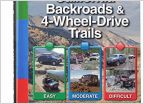 OHV trails
OHV trails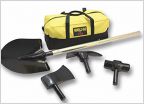 Hi-Lift Shovel Handle
Hi-Lift Shovel Handle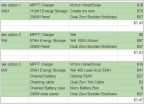 Energy storage for off-grid
Energy storage for off-grid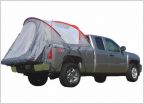 Truck Tent Advice?
Truck Tent Advice?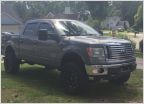 Jacksonville Fl Tacoma Owners
Jacksonville Fl Tacoma Owners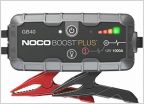 New to Offroading. What hand tools are you carrying, and in what?
New to Offroading. What hand tools are you carrying, and in what?







































































